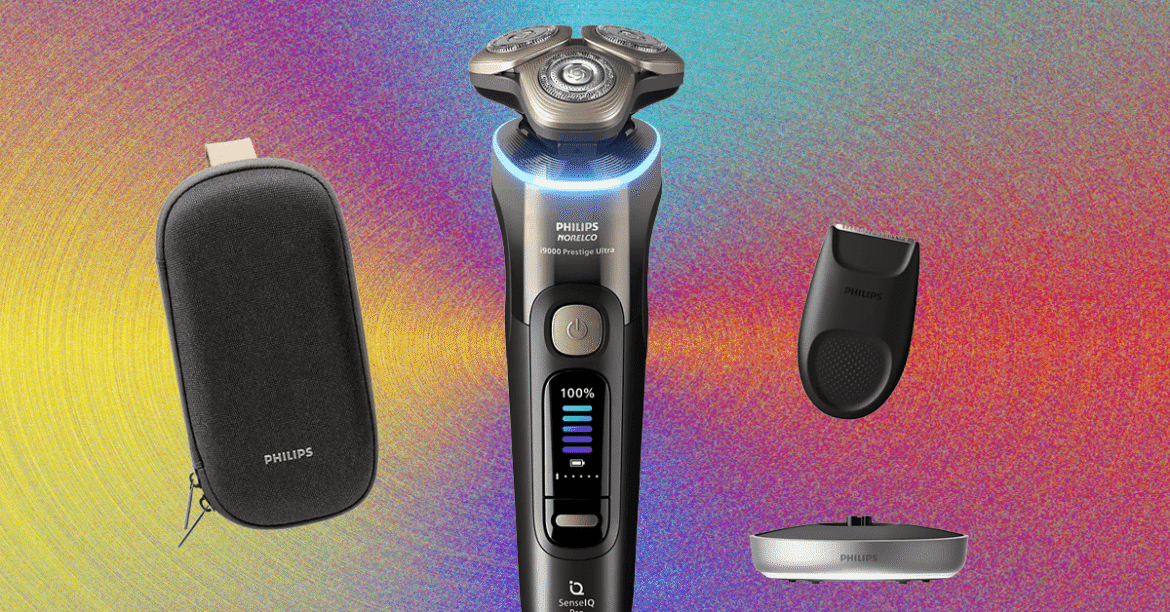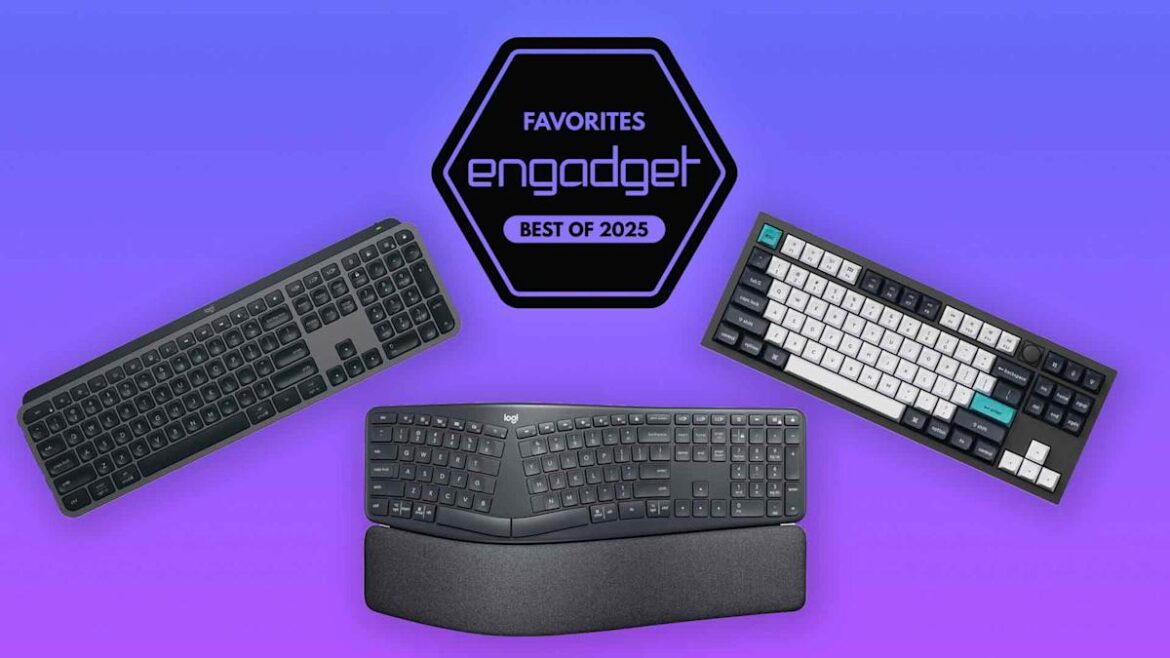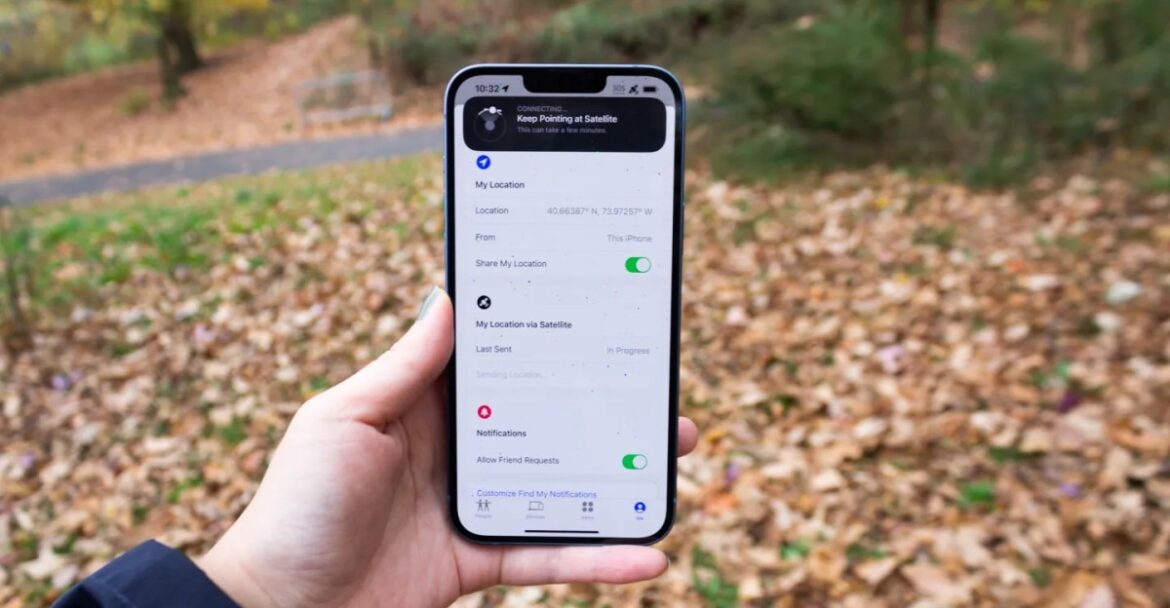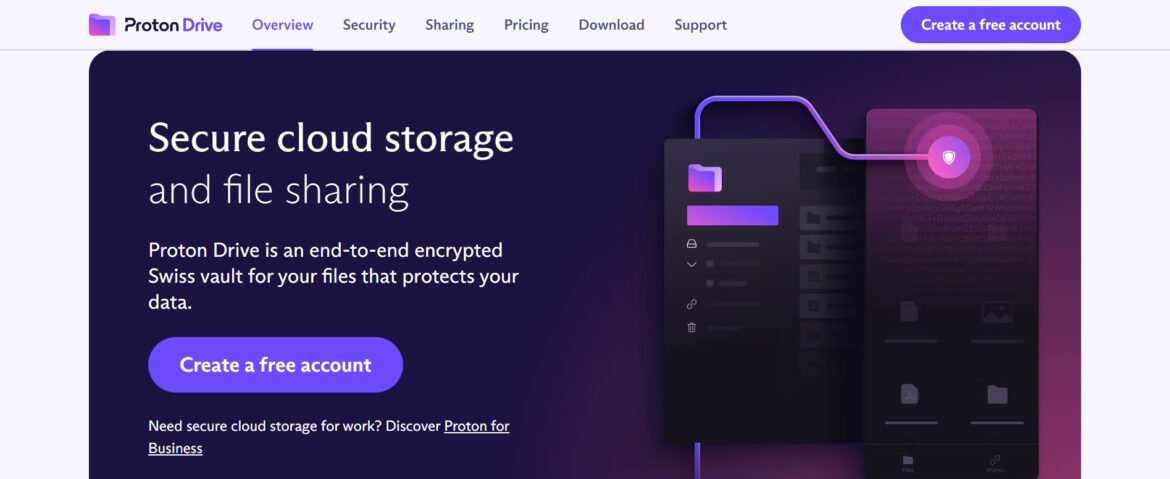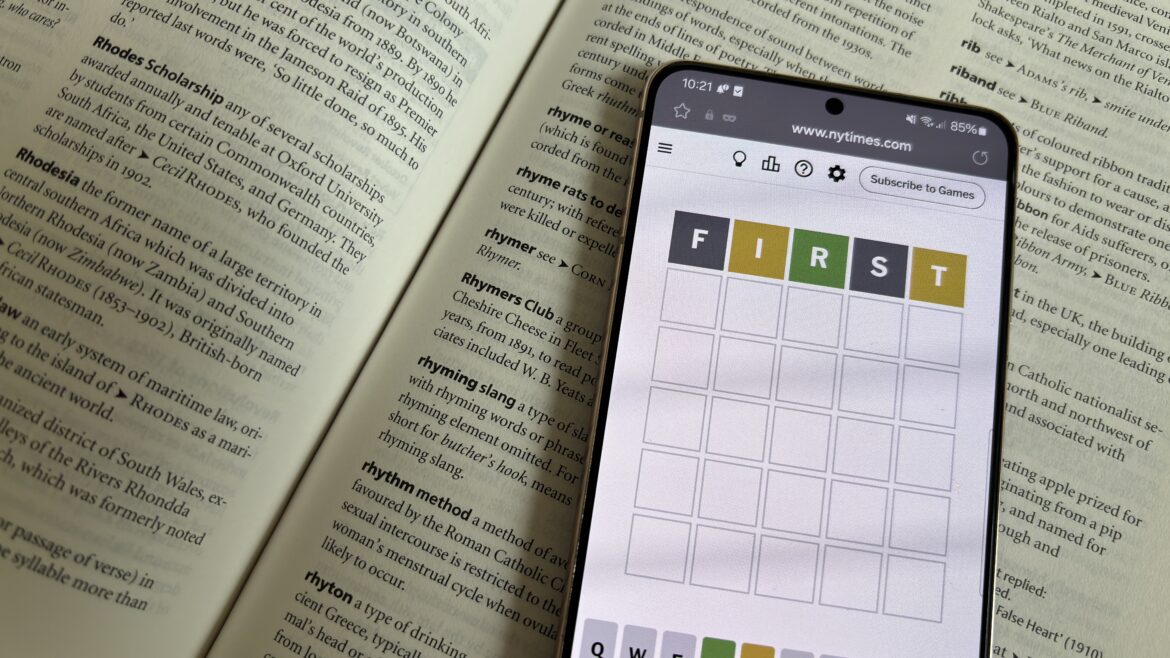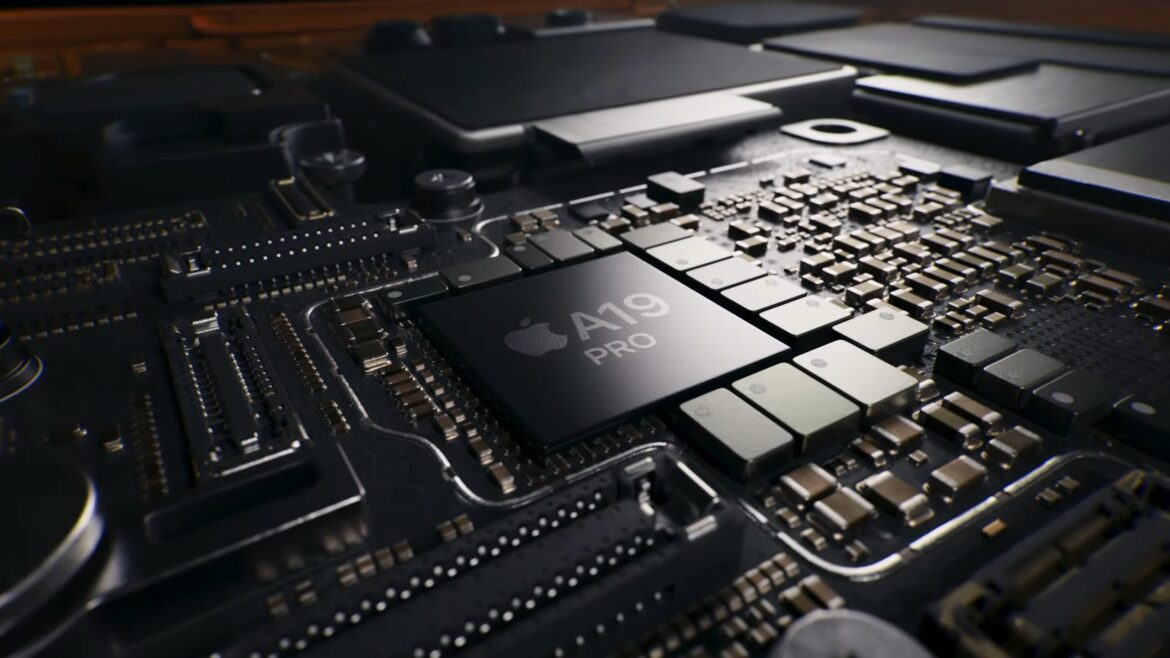PlayStation is launching a new PlayStation Family app for iOS and Android to help parents manage their child’s playtime on PS5 and PS4. Parents can already set parental control features directly on a console, but this app gives parents another way to set limits and keep track of what their kid is playing.
“The app includes a number of new customizable features for parents to manage their children’s playtime, including an activity report, more visibility into what their children are playing, and approving extra playtime requests,” according to a blog post. The app also has an onboarding experience to help parents set up a child account, lets parents manage a child’s spending on the PlayStation Store, and gives parents the ability to customize privacy settings for their children.
Nintendo and Microsoft also offer dedicated parental control apps for iOS and Android that lets parents manage playtime on the Nintendo Switch and Xbox.





